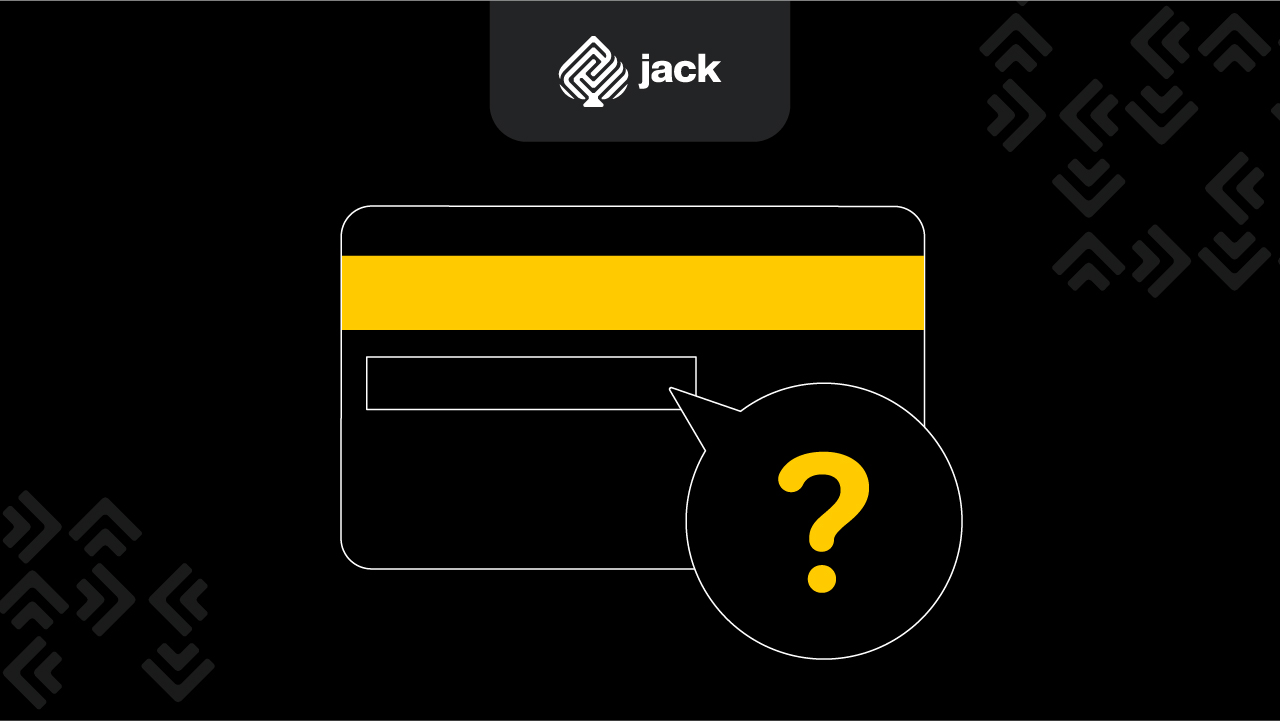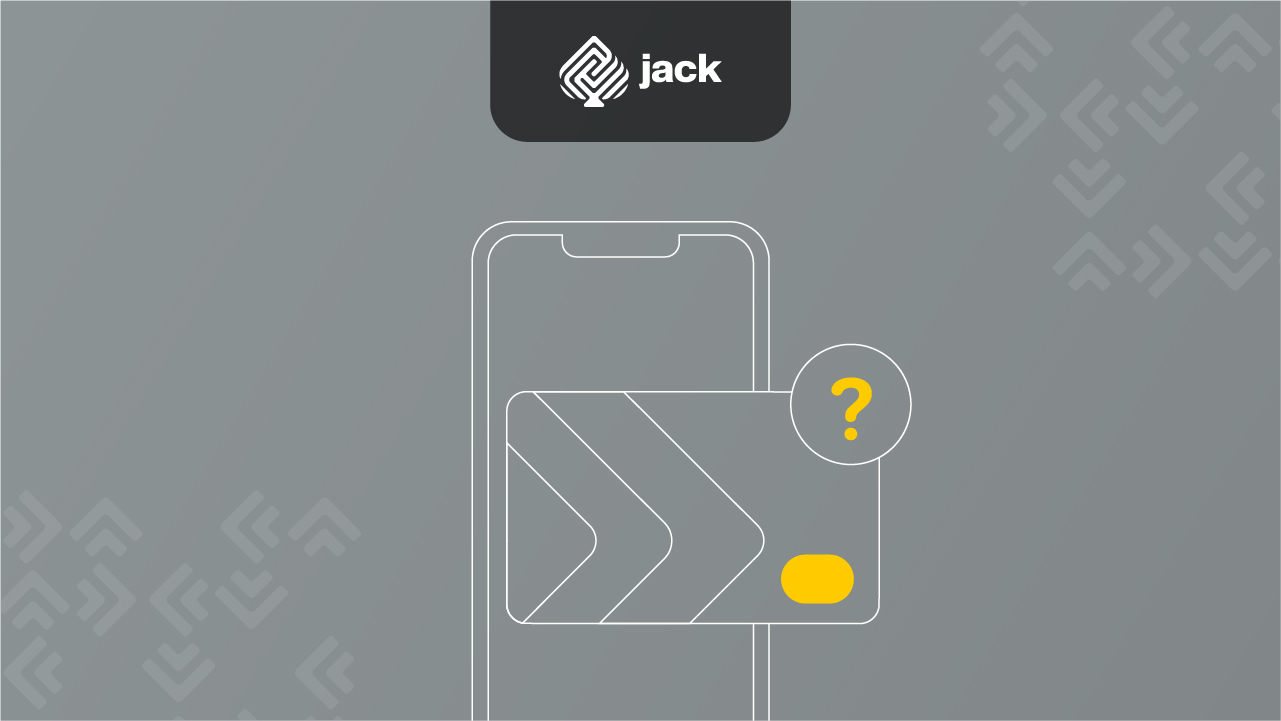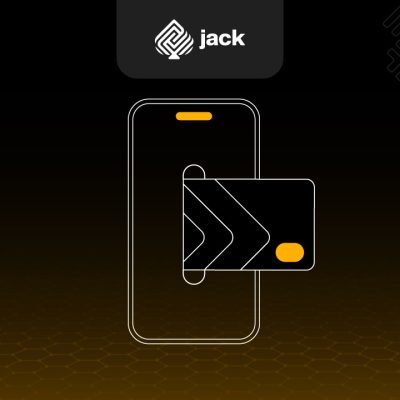The use of a credit card CVV is usually required when conducting online transactions. In this case, you will be asked to provide your full name, expiration date, number, and something known as the CVV or CVC code that is printed on the card.
Spend with Flexibility, Anywhere with Jack
There are 3 to 4 digits located on the back of the card that are usually used to help secure transactions when using the credit card. Therefore, it is important to know that having this code can help protect the use of the credit card owned by the customer.
Explanation of Credit Card CVV

CVV, which stands for Card Verification Value, and CVC, which stands for Card Verification Code, are security codes that are printed on the back of debit cards. Both CVV and CVC have similarities and differences, depending on the name and the bank that produced the card.
When conducting online transactions, you will use a debit or credit card and be asked for information such as the card number, expiration date, cardholder name, and security code.
The CVC is a replacement for the PIN and signature that can be used to ensure that you are the true owner of the card.
Types of Cards that Have CVV and CVC

1. Visa and MasterCard
The use of these types of cards usually requires the support of CVC and CVV, such as with debit and credit cards that have the Visa or MasterCard logo. Both CVV and CVC are comprised of 3 digits and can be used for transactions as needed.
Visa and MasterCard are companies that handle transactions when you use credit card services for your needs. Visa and MasterCard act as an intermediary between you as the consumer, the merchant, and the bank as the two largest payment networks in the world, but they do not issue credit cards. Credit cards are issued by banks that work with both companies.
2. American Express
The use of American Express is a payment network, but there is one main difference to note: it is both a credit card issuer and a payment network.
While Visa and MasterCard do not provide credit or issue cards, American Express, which is usually used in the United States, offers credit and issues cards.
The location and number of the CVV digits on an American Express card are different from their application on a Visa or MasterCard, as American Express has the CVV code printed on the front of the card in a smaller size and above the credit card number.
Additionally, American Express has a 4-digit CVV number on the card, whereas Visa or MasterCard only have a 3-digit CVV or CVC number.
3. Discover
Discover is not much different from American Express, as it is both a credit card issuer and a payment network. The use of Discover credit cards is more common in the United States, and there is still a large gap in accepting this type of credit card in the Middle East, Africa, and Eastern Europe.
The location of CVV code on a Discover card is located on the back of the card and consists of three digits. The explanation of the credit card CVV on a Discover card is not much different from the CVV on some other cards.
CVV is a Secret Number

The explanation of the CVV code on a credit or debit card is actually printed on the back of the card, located to the right of the signature strip.
However, it should be understood that the CVV code is not the secret PIN number for using the credit or debit card and serves as proof that the physical card is present during online transactions.
The use of the CVV code is a very secure step to prevent fraud or misuse of the card, while the PIN can be used when making transactions using a credit or debit card directly, whether it’s through an EDC machine or an ATM.
The CVV code is provided by the credit card issuer, such as a bank or other financial institution, while the PIN number is set by the cardholder.
Reasons CVV and CVC Codes Should be Kept Secret

The main function of using the CVV or CVC code is to complete payment transactions using a credit card with online transactions, and this security code can be used as a verification tool to ensure that the card owner is the one making the transaction.
The reason verification is necessary is that the cardholder should be the only person who knows the CVV or CVC code since the cardholder is the person who will ultimately pay the credit card bill.
If the CVV or CVC code is leaked, many malicious people can make online purchases, and you will have to go through the hassle of dealing with the bank or police.
Therefore, make sure to keep your card secure by not giving out the CVV or CVC code available on the credit card, as this is an explanation of the CVV code on credit cards held by many users today.
See also video tutorials from financial and business from Jack.
Use Jack for your business needs
Those are some explanations of the CVV code on credit cards that users need to know to support online transactions. Using the CVV code is different from using the PIN, so security must be maintained and not shared with others.






